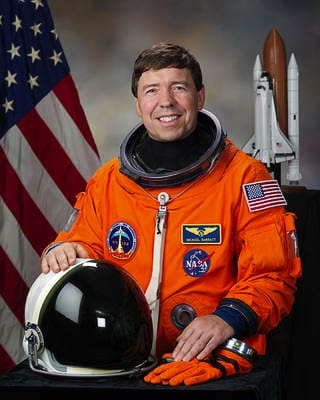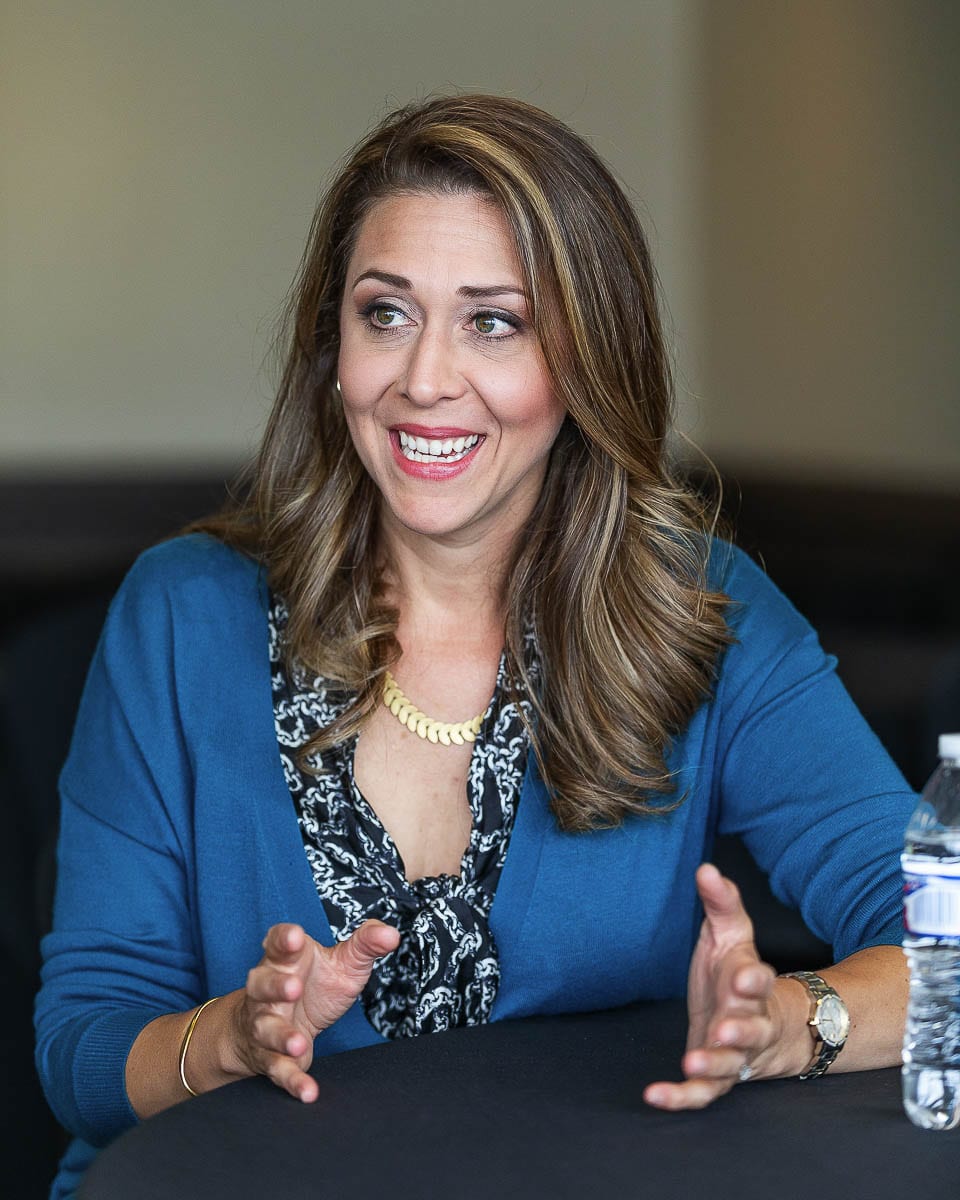Congresswoman Jaime Herrera Beutler leads online discussion on STEM education, opportunities at NASA
STEM education — science, technology, engineering, and mathematics — is for everyone, and so, too, is NASA.
That was the message some local students heard from NASA astronaut and Camas native Dr. Michael Barratt, NASA Administrator Jim Bridenstine, and Congresswoman Jaime Herrera Beutler during an online Q&A session Thursday morning.

“When I was your age, I couldn’t even spell STEM,” joked Barratt, a 1977 Camas High School graduate.
Then he had a question for the students from Vancouver iTech Preparatory and Camas’ Odyssey Middle School:
“Is STEM only for scientists and engineers?”
The answer, he said, is no.
“It is for everybody.”
And any student can work her or his way to the likes of NASA.
“You can learn the STEM fields. It’s not a gene that you have to have to … learn math and science. It’s not just for brainy people. It is something for everybody,” Barratt said. “Hard work is so much more important than genius any day. Don’t let anyone ever tell you you aren’t smart enough to do this stuff, or to be an astronaut, or to work at NASA.
“You want it, you work hard for it, I guarantee you you can do it. I’m living proof. STEM education gives you those tools that we know you can use to realize many different dreams.”
Barratt listed a number of astronauts from Washington, from the past and present, and said he hoped that he was talking to future NASA employees.
“We really need a young generation … to help us explore, help us build,” he said.
And there are so many major goals that NASA has in the coming years.
Bridenstine said NASA wants to return to the moon by 2024, a big step toward eventually going to Mars.
“We’re going to use the resources of the moon to live and work for long periods of time so ultimately we can know how we’re going to survive on Mars for long periods of time,” Bridenstine said.
The moon mission is called the Artemis program, named for the twin sister of Apollo. The Apollo program led to the first humans on the moon in 1969.
Republican U.S. Rep. Jaime Herrera Beutler also noted that Artemis wants to land the first woman on the moon. It takes a team of experts to make this happen.

“When most people think of NASA, they think of astronauts,” she said. “But it also includes researchers and scientists and doctors and engineers, which are absolutely vital in running NASA. There is room for everyone.”
Barratt talked about his time in space, the effects of zero gravity, and noted the amount of research done on the International Space Station in the past two decades.
“The big change now is getting out of lower earth orbit. That’s what Artemis is all about,” he said. “It’s time to break orbit and go explore.”
He added:
“We haven’t been out of lower-earth orbit since the very early 70s. It is far time to go do that, and that’s what Artemis is going to let us do.”
Barratt, Bridenstine, and Herrera Beutler said they would love to see some Southwest Washington students one day become part of the long-term mission at NASA.
“When I came to NASA, all of a sudden I was home. It was like I met my peers who were a bunch of people who were just really curious and really hard working and really wanted to work together,” Barratt said. “It is a community of men and women who are passionate about exploration, about learning.”
“I’ve never had a better job than working at NASA,” Bridenstine said. “I wake up every morning just kind of in awe of the fact that I get to work at NASA.”
The online Q&A lasted about an hour. Herrera Beutler thanked her guests and appealed to the students.
“Honestly, I hope you have more questions as a result of this,” Herrera Beutler said. “I hope this inspired you to ask more questions. … Perhaps one day one of you will be giving a talk like this.”




